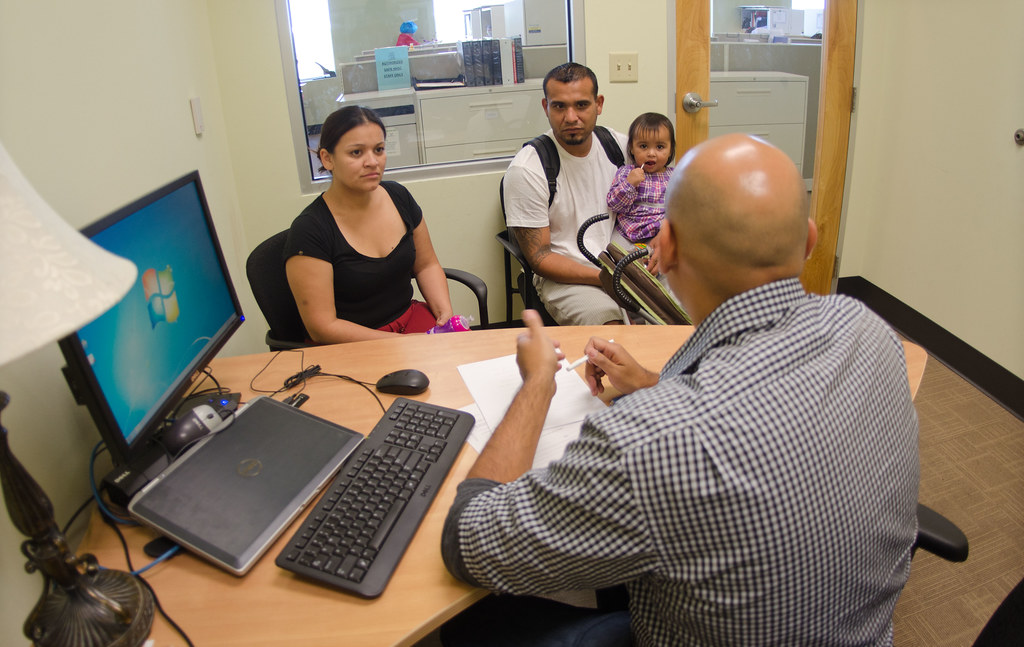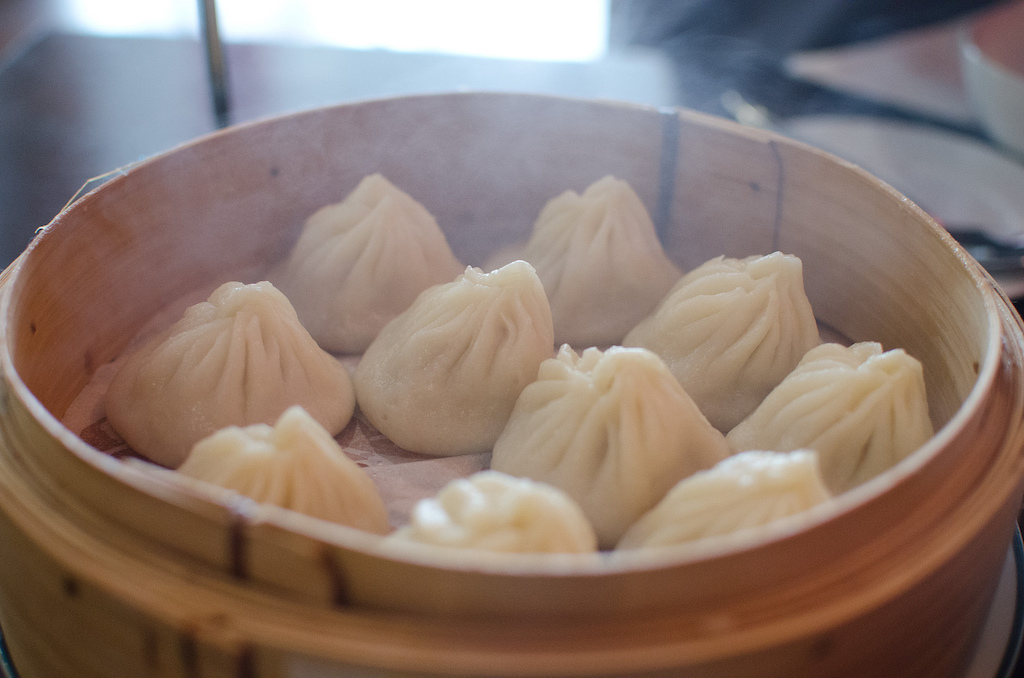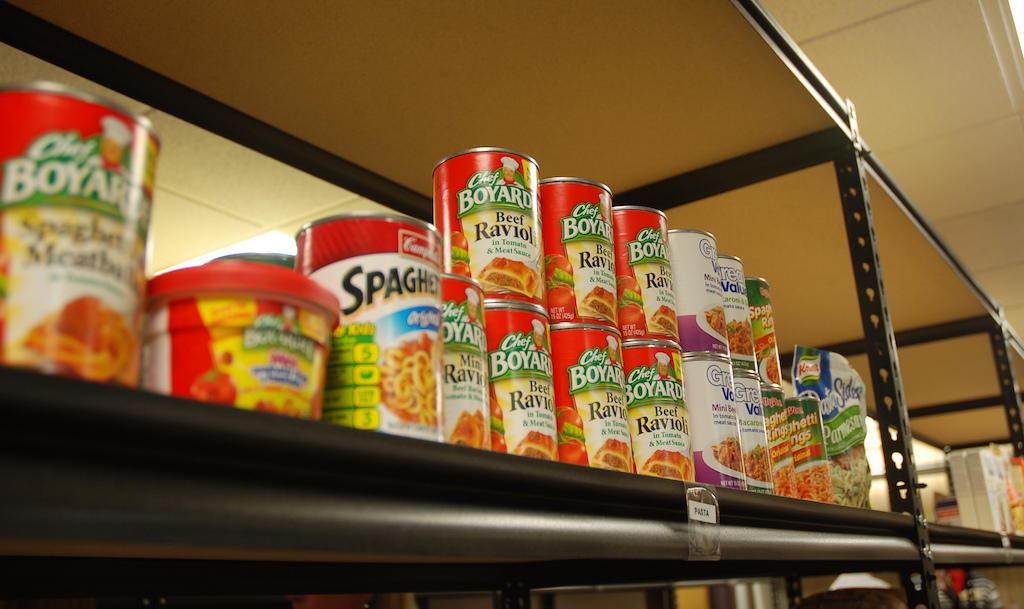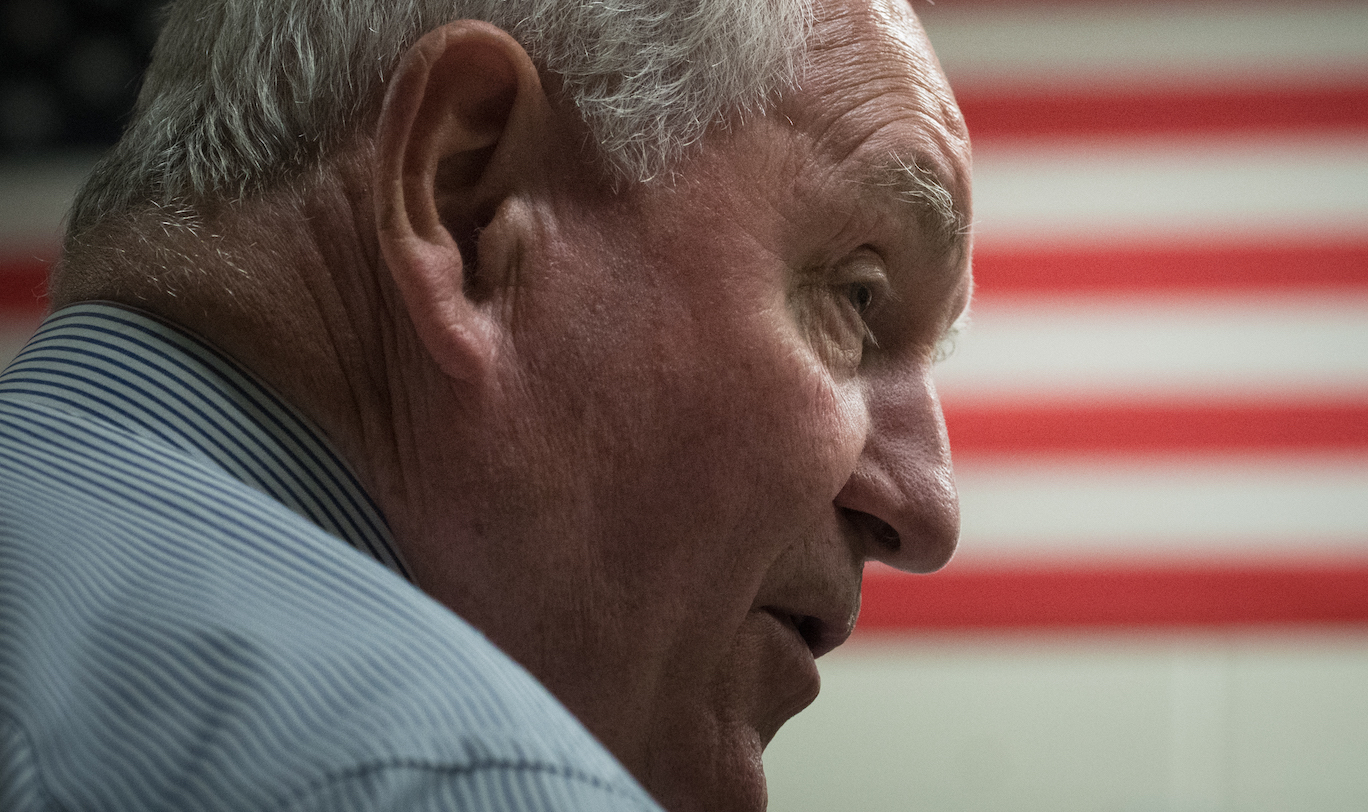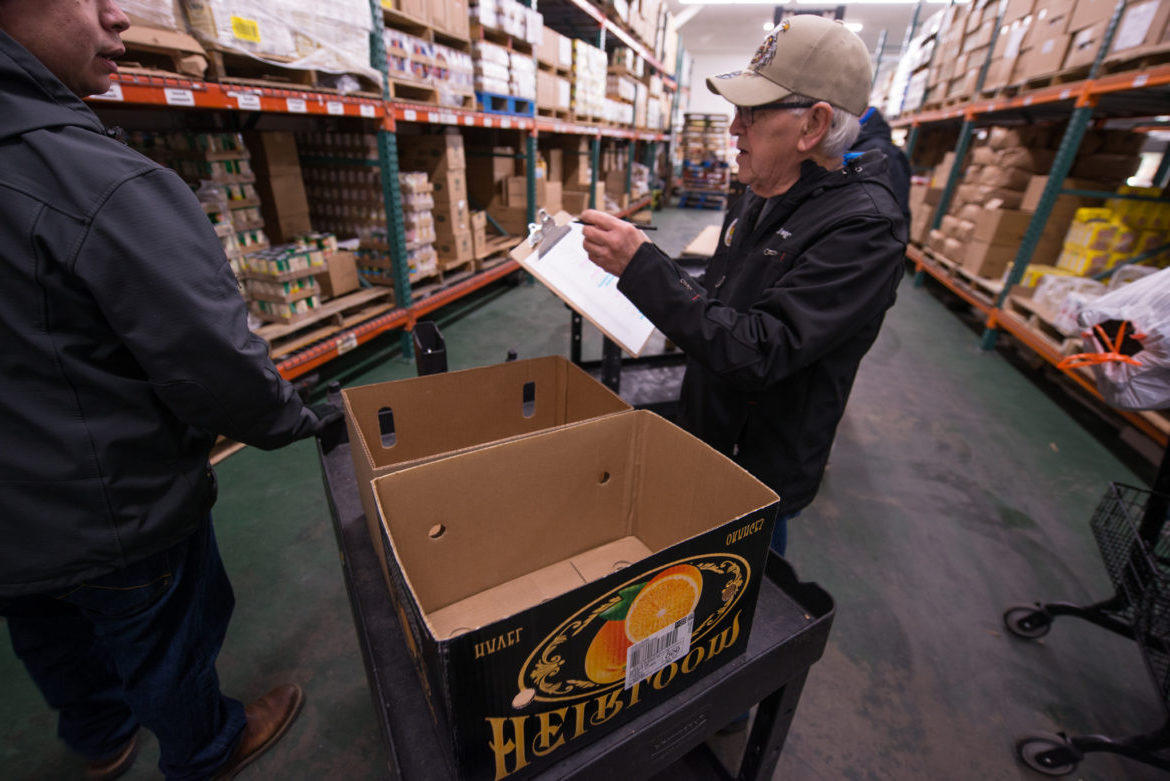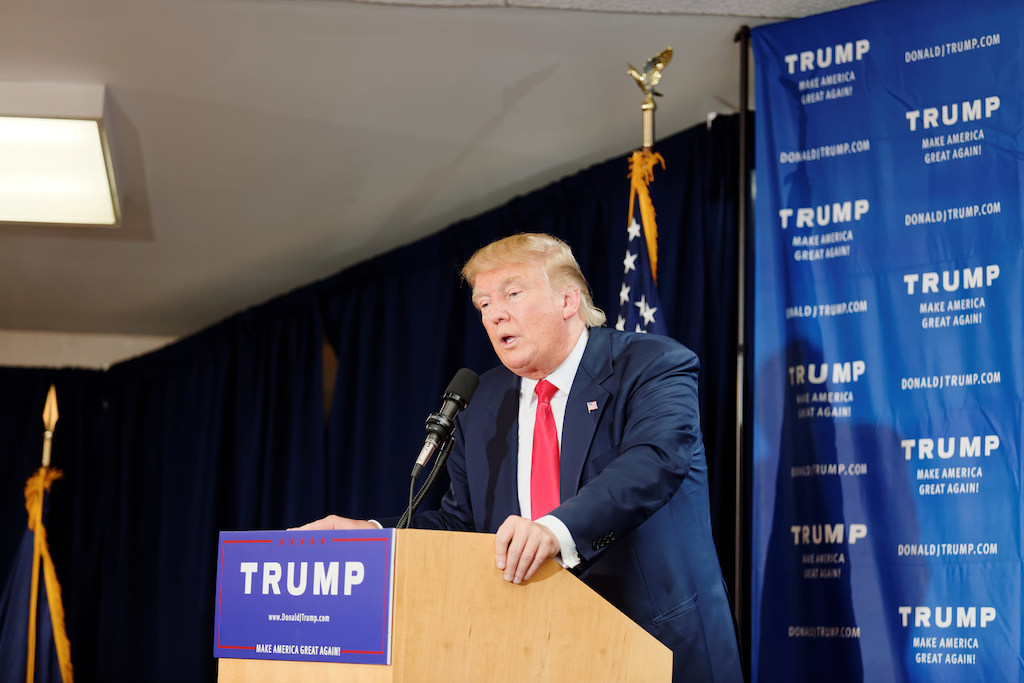The Trump administration plans to propose a rule that will dramatically limit a popular Supplemental Nutrition Assistance Program (SNAP, formerly food stamps) enrollment process. This move is expected to render more than 3 million current recipients ineligible to continue receiving food assistance, according to Brandon Lipps, administrator of the Food and Nutrition Service for the United States Department of Agriculture.
The new rule is aimed at “reforming” broad-based categorical eligibility, a method used by 40 states to automatically allow households who receive benefits via Temporary Assistance for Needy Families (TANF, another assistance program) to enroll in SNAP. “What we’ve found is some states are taking advantage of loopholes,” Agriculture Secretary Sonny Perdue said in a call with reporters on Monday evening. The specific proposed changes involve trimming broad-based categorical eligibility to include only people who receive more than $50 worth of benefits for more than 6 consecutive months. Perdue added that these changes would “save money, but more importantly, preserve the integrity of the program while insuring nutrition.”
Right now, broad-based categorical eligibility allows families to earn slightly more money per month and still receive benefits. Whereas the SNAP program limits gross income to 130 percent of the federal poverty line, or $1,307 per month for a single person, broad-based categorical eligibility means that in some states people can earn as much as 200 percent of the poverty line and still qualify. These families are still subject to a net income limit of 130 percent of the poverty line; the difference is that they can subtract some major expenses like rent and daycare from the 200-percent total.
Here’s an example of how this works, by way of a statement the Urban Institute’s Elaine Waxman made to a subcommittee of the House of Representatives’ Agriculture Committee last month: A single mom with two kids making $12.75 an hour would receive $96 a month from SNAP under normal rules. If she got a 50-cent raise, she’d exceed the 130-percent SNAP eligibility threshold and lose all her benefits. However, under broad-based categorical eligibility, her SNAP benefits would just be reduced to $65 a month, rather than zero. This phenomenon is called the benefits cliff, and broad-based categorical eligibility has done a lot to soften its blow.
Trump’s USDA has argued that states use broad-based categorical eligibility to provide benefits to too many people. A January 2019 report from the Congressional Research Service found that states provide households with low-cost services via the Temporary Assistance for Needy Families program, such as brochures or referrals to hotlines, and in doing so grandfather those households into SNAP. This practice, the administration argues, unfairly allows households with too-high incomes to receive food assistance. In the press call, Secretary Perdue referenced the so-called “Minnesota millionaire,” an activist who has no income but millions of dollars in assets and was able to legally claim SNAP benefits in his state.
The secretary’s rhetoric makes it sound like there are many households out there taking advantage of this so-called “loophole,” but the same Congressional Research Office (CRO) report found that only 4.2 percent of households that received SNAP benefits in 2016 were making more than the 130 percent of the federal poverty line. The vast majority of SNAP recipients—85 percent—fell below the poverty line. This suggests that the number of families that make a little more money and are grandfathered in by broad-based categorical eligibility is quite small.
There’s another wrinkle here, one that Vollinger pointed out in a phone call prior to the agency’s announcement: The changes could also take free school lunch away from 265,000 students. Students are automatically eligible for free lunch if they receive SNAP benefits. If automatic SNAP eligibility is uncoupled from TANF, children may lose their free lunch as a result. When asked about this on the press call, Lipps said that “USDA is estimating all the children who will no longer be directly certified for school meals if their parents are not categorically eligible would qualify for free or reduced price meals through the regular application process.” What this means, again, is more paperwork for parents.
Congress has discussed and decided against limiting broad-based categorical eligibility many times before. It declined to do so during the most recent Farm Bill negotiations, and Vollinger says the status quo received substantial bipartisan support the last time it was a hot-button issue in 2005. Because Congress has decided, time and again, to maintain the current system, Vollinger takes issue with the Trump administration’s claim that it’s closing a loophole. “‘Loophole’ to me is very loaded language that often kind of connotes that something is a myth and has slipped through and nobody’s aware of it. This policy’s been examined and, most recently, a subcommittee held a public hearing to examine it again.” Public comment begins on Wednesday and will last for 60 days.
